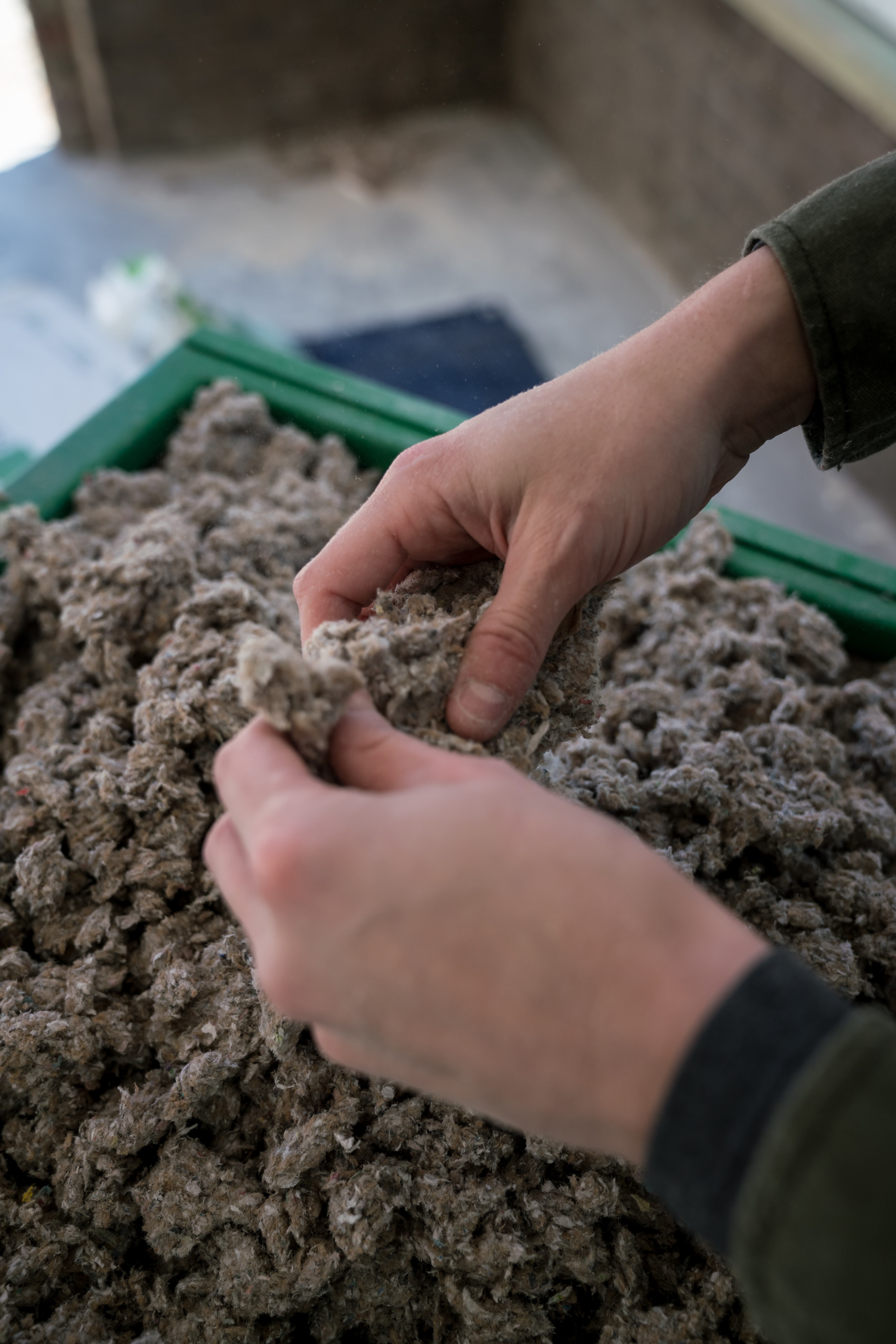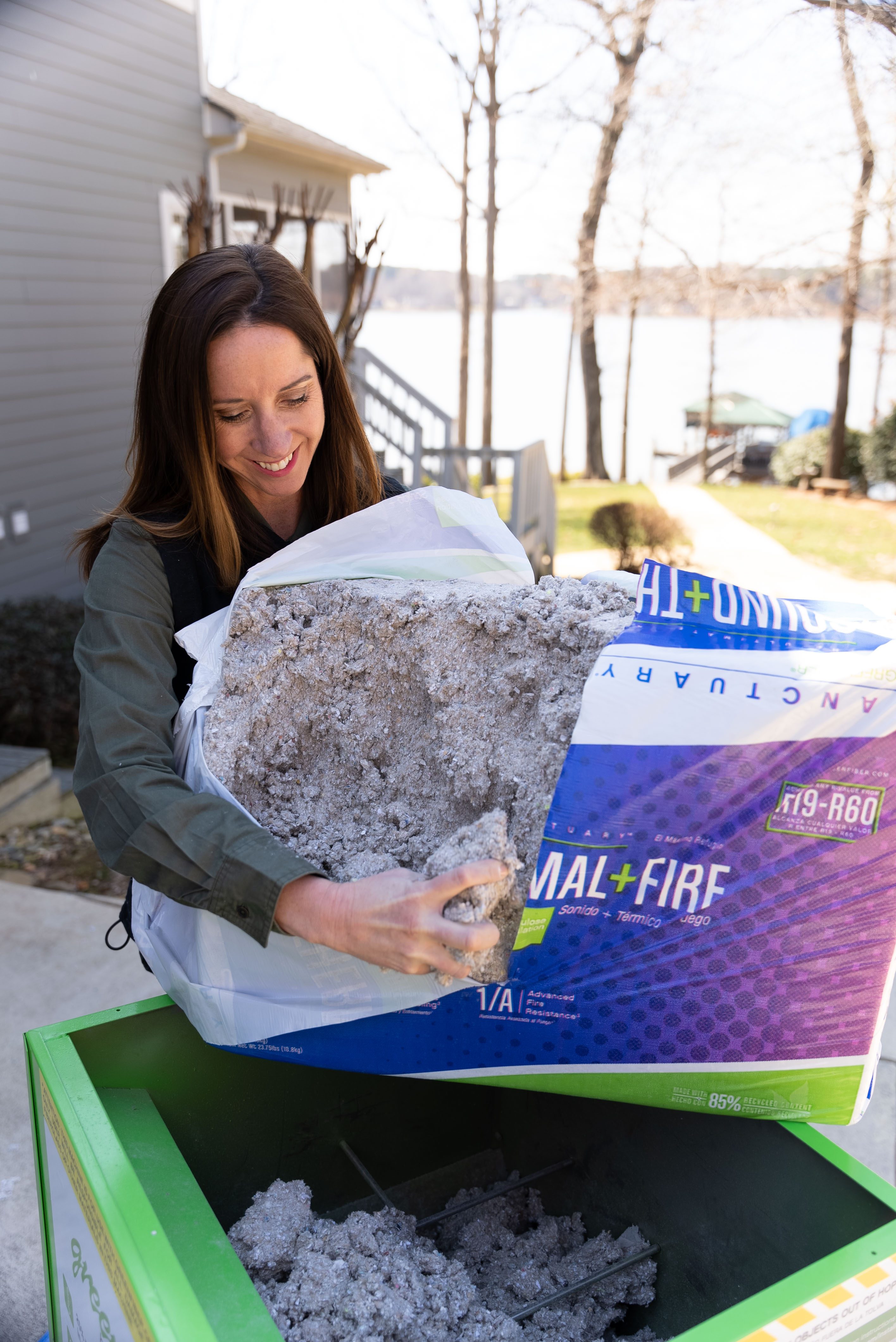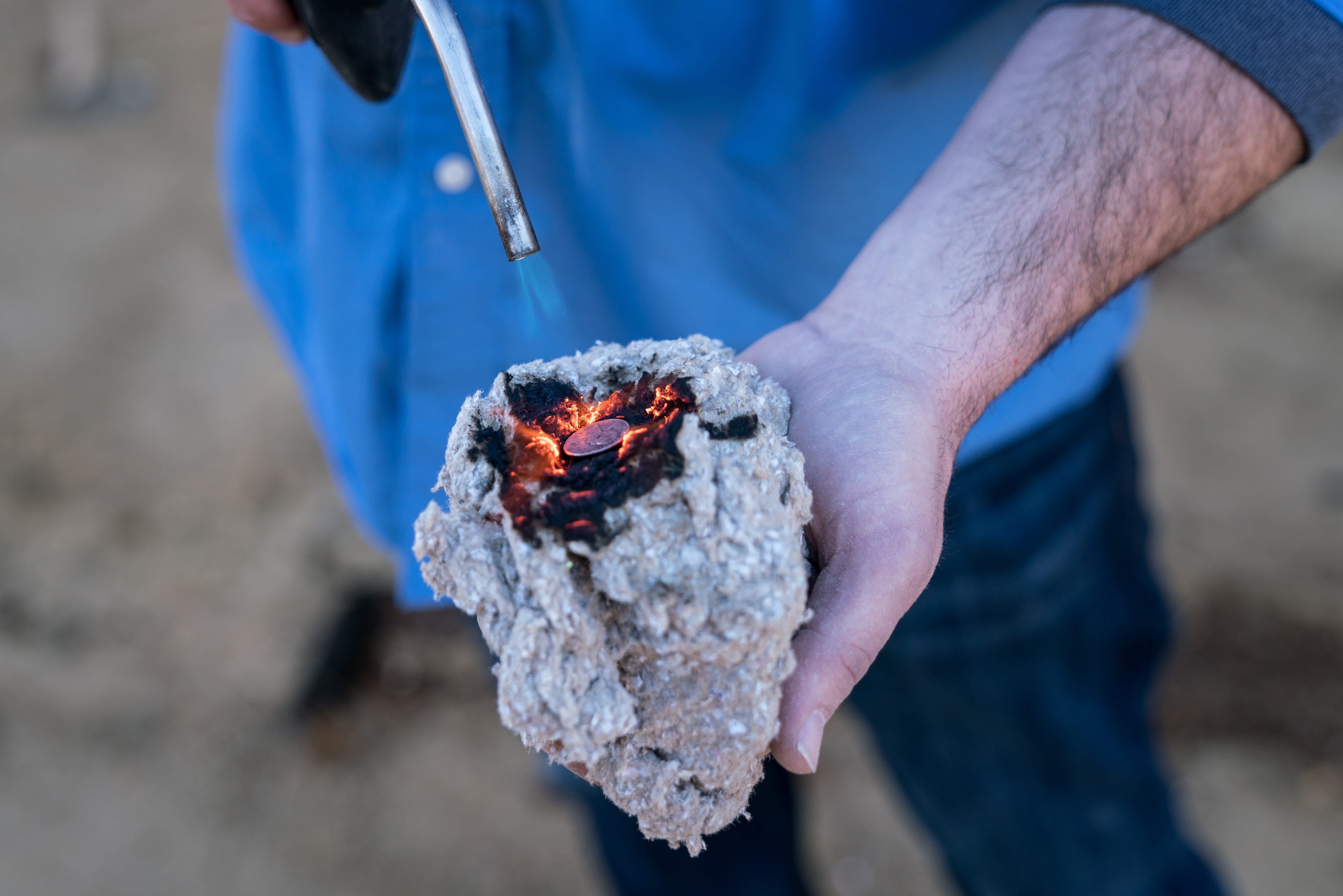
What makes cellulose a sustainable option?
Cellulose is a basic part of plants. Its tiny fibers make up the pulp that’s spread into sheets and pressed and dried to create paper — yes, all paper. After the paper has been used, the plant fiber gets a new life when it’s woven together to create a strong, durable material called “cellulose insulation.” Cellulose not only is a sustainable option for homes and buildings but also offers other important advantages. Here are four must-know sustainability benefits of using cellulose insulation in your home.
1. Cellulose is made from recycled materials.
The insulation you choose for your home can have an impact on its carbon footprint. Cellulose insulation is made from up to 85% recycled material and uses less energy to manufacture than other types of insulation. By sourcing local materials, such as the paper you put in your recycling bin, using low-energy manufacturing and reducing the need for long-haul transportation, cellulose insulation is an environmentally responsible choice.
Unlike conventional insulations, cellulose insulation has impressive carbon-storing capabilities: Builders for Climate Action, an organization that evaluates the impact of buildings on our climate, validated this in a recent carbon-comparison study. In the study, cellulose insulation was found to provide the lowest carbon footprint and the highest amount of net carbon storage out of a range of common insulation products. See how cellulose insulation outperformed the competition.

2. Cellulose can lower your energy bills.
Cellulose has a high density, which means it minimizes airflow to provide effective insulation. As a result, homes and buildings will need less electricity for heating in the winter and for air conditioning in the summer. Using less electricity, gas and oil in your home not only saves you money but also helps reduce carbon emissions, which helps reduce the amount of gases that can hurt the earth’s ozone.
Designed to regulate temperature room by room, when installed in exterior walls, SANCTUARY can lower heating and cooling costs by up to 25%.1 By designing your home with a sustainable insulation material such as cellulose, you could be helping the home all of us share. Take a look at how this Maryland home renovation benefited from cellulose insulation being installed in a net-zero in-law suite.
You can spend less on your attic sealing and insulation project by taking advantage of federal tax credits and utility rebates offered in some parts of the country. Beginning in 2023, the energy efficient home improvement credit will be worth 30% of the total cost of eligible insulation projects up to $1,200 per year. Learn more about insulation tax credits here.

3. Cellulose is flame retardant.
Before it’s used as insulation, cellulose is treated to make it flame retardant. The insulation has a Class 1 fire rating because it’s so effective in preventing flames from spreading. That can make all the difference when every second counts for you and your family. And it’s fire protection that lasts. Accelerated aging tests show that cellulose insulation won’t lose its fire-resistant ability over the years.
SANCTUARY® by Greenfiber, a sustainable insulation material that delivers unparalleled fire protection, contains active fire-resistant materials and is 57% better at resisting fire than most other types of residential insulation. It’s two to three times denser than fiberglass, and in a large-scale fire test, cellulose proved to be more fire resistant than a structure insulated with fiberglass.2 Learn why cellulose provides unmatched fire protection.
Safe. Smart. Sustainable. Who knew that cellulose insulation could be such a feel-good home improvement project? Considering cellulose for your next home build or renovation project? Find a Trusted Installer near you to get the job done.

1 Saving vary. Find out why in the seller’s fact sheet on R-values. Higher R-values mean greater insulating power. Energy analysis of Climate Zones 1–7 using 2018 IECC reference home comparing R11 attic to DOE-recommended attic insulation by climate.
2 As demonstrated by The Large-Scale Outdoor Fire Test Program comparing: (1) an uninsulated structure; (2) a structure insulated with R-13 fiberglass batts (wall cavities) and blown-in, loose fill insulation (attic floor); and (3) a structure insulated with Greenfiber’s cellulose insulation using spray applied cellulose insulation (wall cavities) and blown-in, loose-fill cellulose insulation (attic floor) - Prepared by Steven Winter Associates Inc.
This post was updated on March 28, 2023.
- Category: Sustainability
